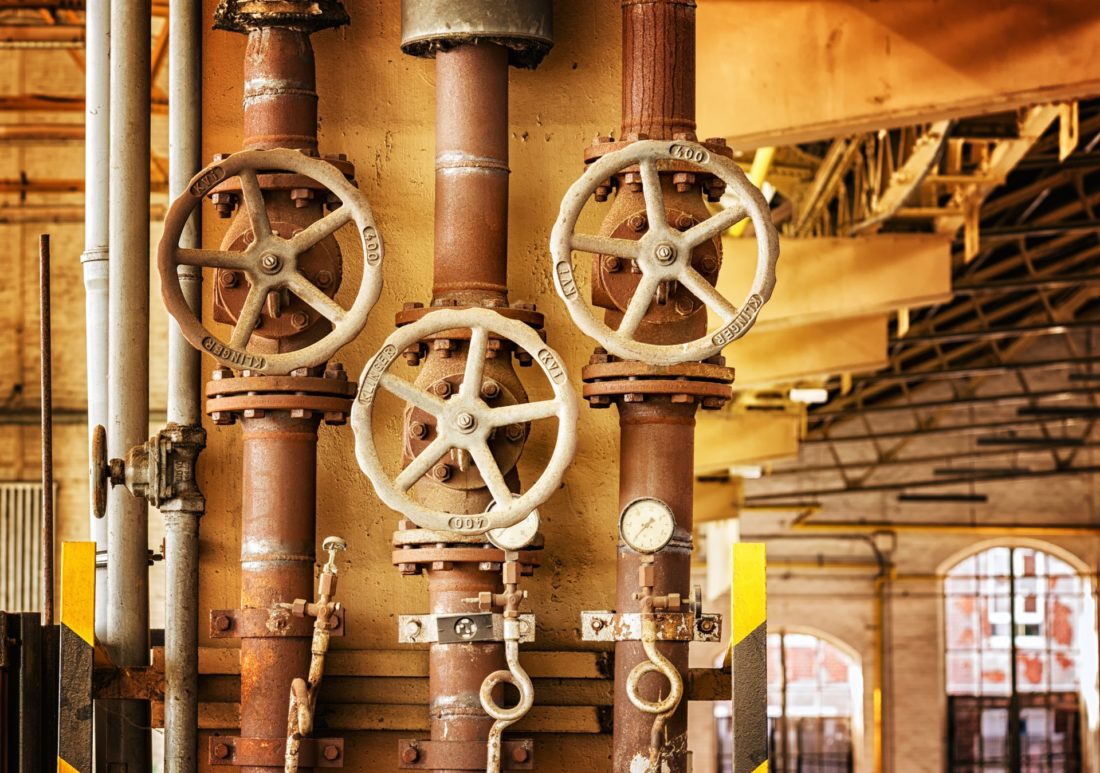5 Factors to Keep in Mind Before Purchasing A Flow Meter

Often, people think that the plumbing system is solely about pipes, but there is more to it. For example, the vents from the roof allow air to enter the pipes or if lack of air supply and liquid, waste or water waste cannot flow well, which would turn into a total mess.
That is why one should have a flow meter, if necessary. It measures the volumetric flow rate of a gas or a liquid flowing through a pipe and at what rate. Choosing the right flow meter is a bit complicated, but here are a few things that you need to keep in mind before buying one.
Table of Contents
1. Viscosity
Choose a flow meter that is purposely designed to measure various liquids of a specific viscosity –the measure of friction that is generated by a kind of liquid when it flows. For example, oil has a high viscosity, while water has a lower viscosity.
If you need to measure the flow rates of both oil and water, then you need to have two different types of flow meters since both have different viscosity. Look at the flow meter’s Reynold’s number to identify liquids with different viscosity and the right meter for the fluid.
2. Characteristics Fluid and its Flow
Aside from viscosity, a liquid’s pressure, temperature, and electrical conductivity, and even the contaminants in the liquid are few of the other factors that should be taken into consideration when choosing a flow meter.
Allowable pressure drop, the vapor pressure at maximum operating temperature, presence of bubbles and solids, the tendency to coat and light transmission must also be listed. What is more, one should also take note on the information of the safety and toxicity of a liquid as one of the safety measures.
3. Range
Choose the right flowmeter within the flow range that is enough and not much for your needs. There are some instances that a flowmeter’s performance might not be allowable over its full range. Check the turndown of a flowmeter well. Turndown is a crucial part of a measurement range as it is the indicator of the highest and lowest values a flowmeter could measure.
4. Types of Flowmeters
There is a particular type of flowmeter that is best for a specific kind of fluid or application. It is deemed necessary to select the suitable one since the accuracy of a measurement depends on the type of flowmeter.
There are different types of flowmeters. Some of them include Coriolis, Oscillatory and Turbine, Electromagnetic, Thermal, Karman Vortex, Paddle Wheel, Positive Displacement, Ultrasonic, Diaphragm, and Differential Pressure Flowmeters.
For instance, electromagnetic flow meters could get measurements in a wide range. Coriolis flow meters, on the one hand, could be the best if getting the measurement of the mass of viscous fluid flowing in a line, rather than its volume.
5. Accuracy
Percentage of calibrated span (S), actual reading (AR) or of units in full scale (FS) are different ways to determine accuracy. The requirements for accuracy are specifically divided at minimum, normal and maximum flowrates.
Here’s an important heads-up. A flowmeter’s absolute error will stay the same at high or low flows if the meter error is specified in % AR. Conversely, the error in absolute terms will rise as the measured flow rate drops if its accuracy is specified in either % FS units or % CS.
A flowmeter with a % FS is into a larger error than one that has the same % CS specification since the former always have a larger quantity than the latter. Hence, it is recommended to convert all error quotations into similar AR units. If you do not know any of these, call an expert.
Many factors could influence the accuracy of a measurement. A flowmeter with low cost and low-quality tend to give low accuracy measurement. The installation for a wrong type of a flowmeter affects the accurate measurement, as well.
Is there a need to buy a flowmeter?
You do not need a flow meter if there is no need to know the flow rate of fluid flowing in a line. In domestic pumping purposes, flow meters are not necessarily needed. However, a cheap flow meter could be helpful for a measurement in a simple domestic water pumping system for future purposes.
Takeaway
Many homeowners think that the interior is essential compared to the drainage system in their house, and so a few of these owners tend to spend less money on the latter when they are planning to renovate.
Trying to use a flowmeter because it is more economical has the most expensive installation, though. To avoid this common flow measurement mistake, one should choose that choose a sensor that could perform properly, regardless of its price, to avoid further expenses.









